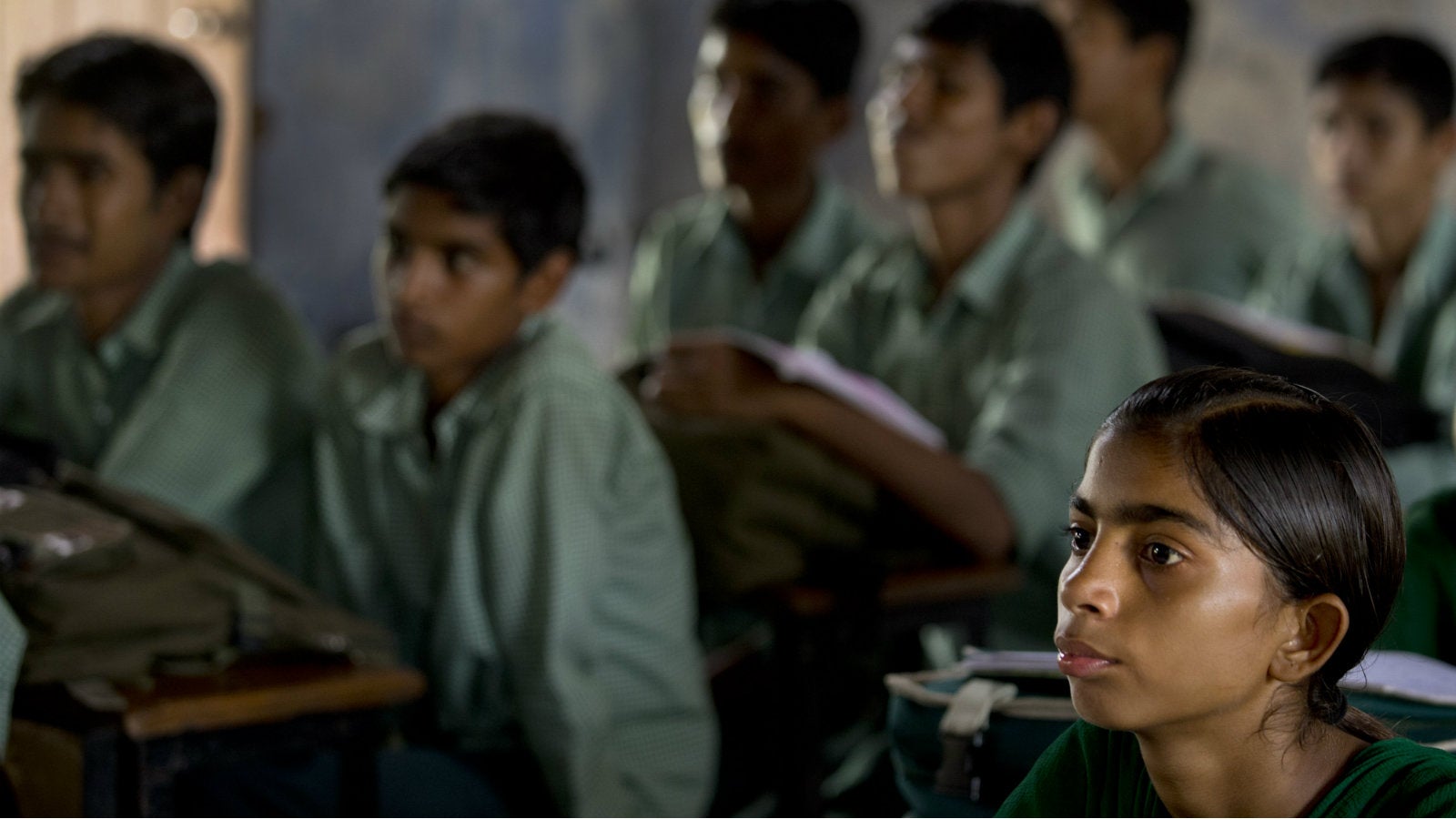India’s unskilled youth with big dreams are a ticking “time bomb”
Millions of young Indians dream of getting well-paid jobs, but their school years hardly prepare them for success.


Millions of young Indians dream of getting well-paid jobs, but their school years hardly prepare them for success.
Even though more and more children are finishing elementary school, thanks to the Right to Education Act, a significant proportion of rural Indians aged between 14 and 18 still struggle with basic reading and math, according to the Annual Status of Education Report (ASER) (pdf) for 2017, released on Jan. 16. Produced by the NGO, Pratham, the report reveals that around 25% of the respondents in this age group can’t fluently read basic text written in their own languages, while over half struggle with simple division.
Respondents who could read at various levels
Those who could do basic math
While the ASER has for long focused on children aged between five and 16, the latest edition surveyed 28,323 youths aged between 14 and 18 across 24 states in India. Besides testing their foundational skills, the survey also measured their ability to apply these skills to everyday tasks such as telling the time, counting money, and following basic written instructions. It found that not everyone could complete these tasks successfully, including many of those with eight years of schooling.
“The importance of foundational skills comes out over and over again, even among these older youth,” Wilima Wadhwa, executive director of the ASER Centre, told Quartz. While 76% of the respondents could count money correctly and 83% could tell the time if it was a specific hour, slightly more complex tasks stumped a sizeable segment.
What’s worse, India’s traditional preferential treatment of boys meant that the female respondents surveyed were more likely to struggle with applying their literacy and numerical skills—if they had them—to real-world situations.
“Across the board, girls do worse than boys, and it’s not just in the assessment. There are more girls who are out of school than boys, and in terms of their aspirations, you see that there is a gender gap, with girls being at a larger disadvantage,” Wadhwa added.
All this suggests that just increasing elementary-school enrollment, without addressing the quality of education and gender inequality, won’t fix the fundamental skills gap plaguing youth in India, home to the world’s largest population of people aged between 10 and 24. Despite the government’s promotion of vocational training to bridge the gap, just 5% of the respondents in the ASER 2017 said they were enrolled in such programmes.
Nevertheless, India’s youth still aspire to enter professional fields, with many of the boys surveyed aiming to join the army or the police, or considering engineering. The girls, meanwhile, were interested in teaching or working as nurses. But as India contends with a looming jobs crisis and the prospect of having the world’s largest workforce by 2027, the quality of its future workers suggests a disaster lying ahead.
“The system gives them no skills to be employed in the organised sector, and so there is a sense of betrayal at the end of it,” Wadhwa said. ”That actually is a time bomb that we’re sitting on, because there is this huge gap between skills and aspirations. And that frustration can come out in all kinds of ways.”